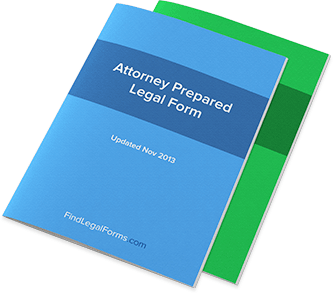Employment Agreements
In this day and age, high unemployment rates mar the economic landscape and remind us all that the comforts we so thoroughly enjoy are not a natural state of being - they have to be earned. So many of us are out of work that we would sign any type of employment agreement that would come our way, even if it seemed a little harsh in its standards. But that’s no reason not to make sure that you have a good employment agreement in your hands when you start a new job or, if you’re an employer, to make sure that the employment agreement you hand out is a solid one.
But how do you know what a “solid” employment agreement is? In this article, we’ll look at that topic exactly: understanding what’s usually in an employment agreement and what the terms of the employment agreement should look like. While many people consider signing an employment agreement a formality - and it can be one if you’re working with someone trustworthy - it’s also important to remember that no matter what two people negotiated outside of a contract, it’s what’s written down that matters in a court.
What is in the agreement?
An employment agreement will tend to contain certain details about the job, specifically numeric details, such as when the employment is set to begin and what the salary will be. One basic thing any new employee can do is to check these numbers and make sure that they’re in line with what was negotiated during the interview process - otherwise all of the effort of negotiating a salary will be all for naught.
There will also be further details, usually about the job that’s entailed, but about a number of things including human resources policies, insurance benefits, and other financial issues. These further terms are usually described by the “boss” before the worker is hired, but that doesn’t necessarily mean that all of the issues presented in an employment agreement were brought up during the interview process.
Signing the employment agreement
If you’re asked to sign an employment contract, don’t be afraid to take the time and make sure that what you’re signing is what you agree to - after all, you’re the one pledging your time and effort to the company! And if you’re sitting on the other side of the aisle and need to know how to construct a good employee agreement contract, try to learn a few lessons from free samples. You’ll see what kind of issues are brought up, how the language constructs the overall document, and how you can make it easy to sign and then repeat the process when necessary.
If you’re ready to start creating employee contracts for your company, don’t be afraid to create the drafts yourself and then take them to a company lawyer or H.R. representative to make sure it meets all of the standards you want to hit upon. And if all else fails, try out a free sample employment agreement contract online and you should have a good baseline from which to get started hiring.

